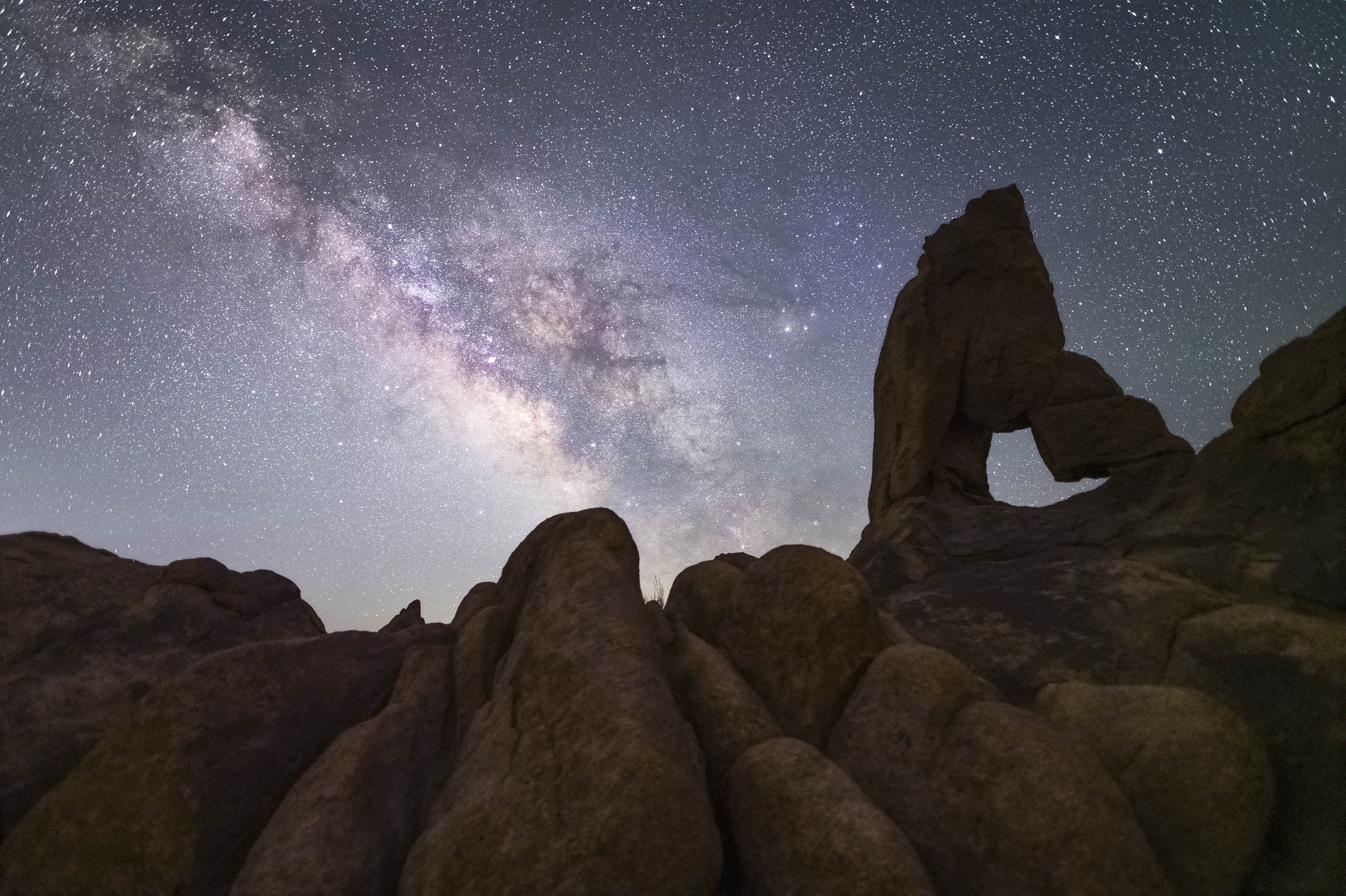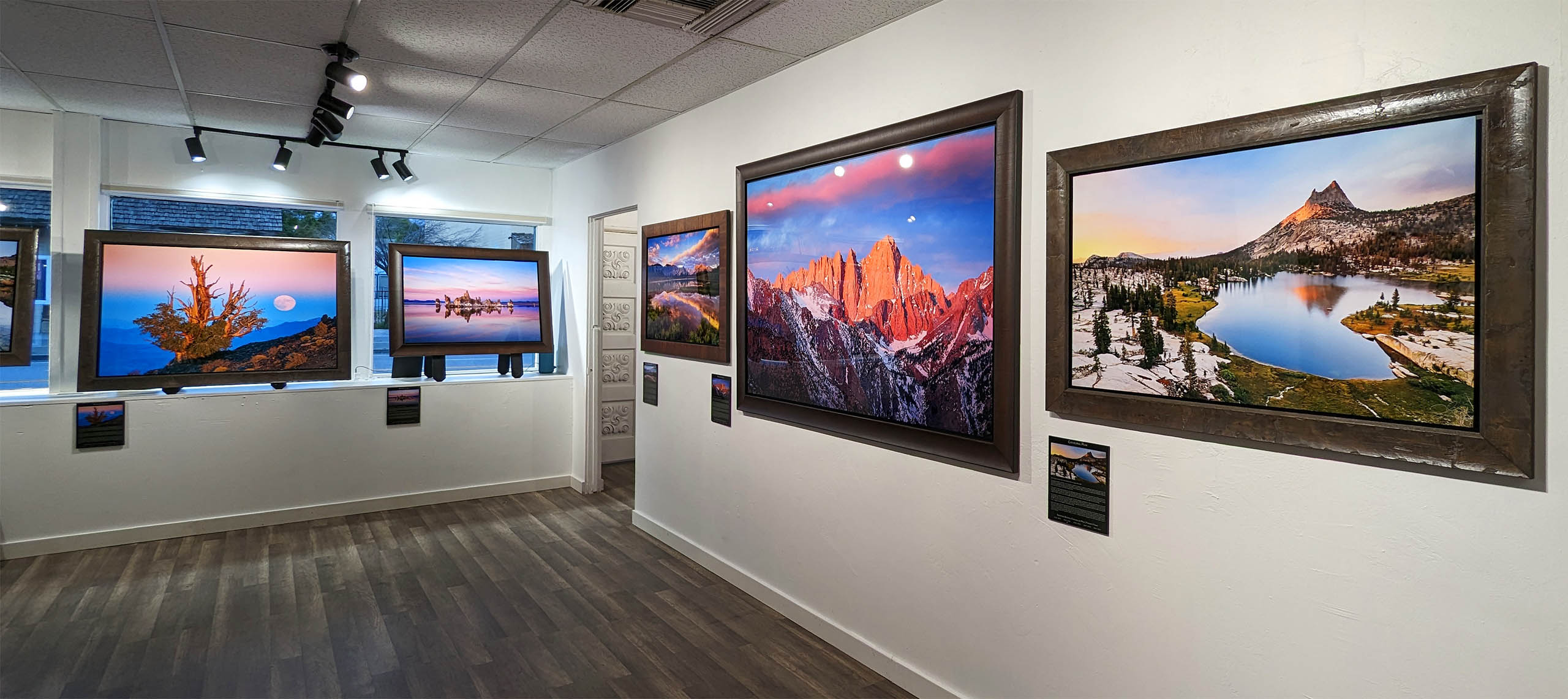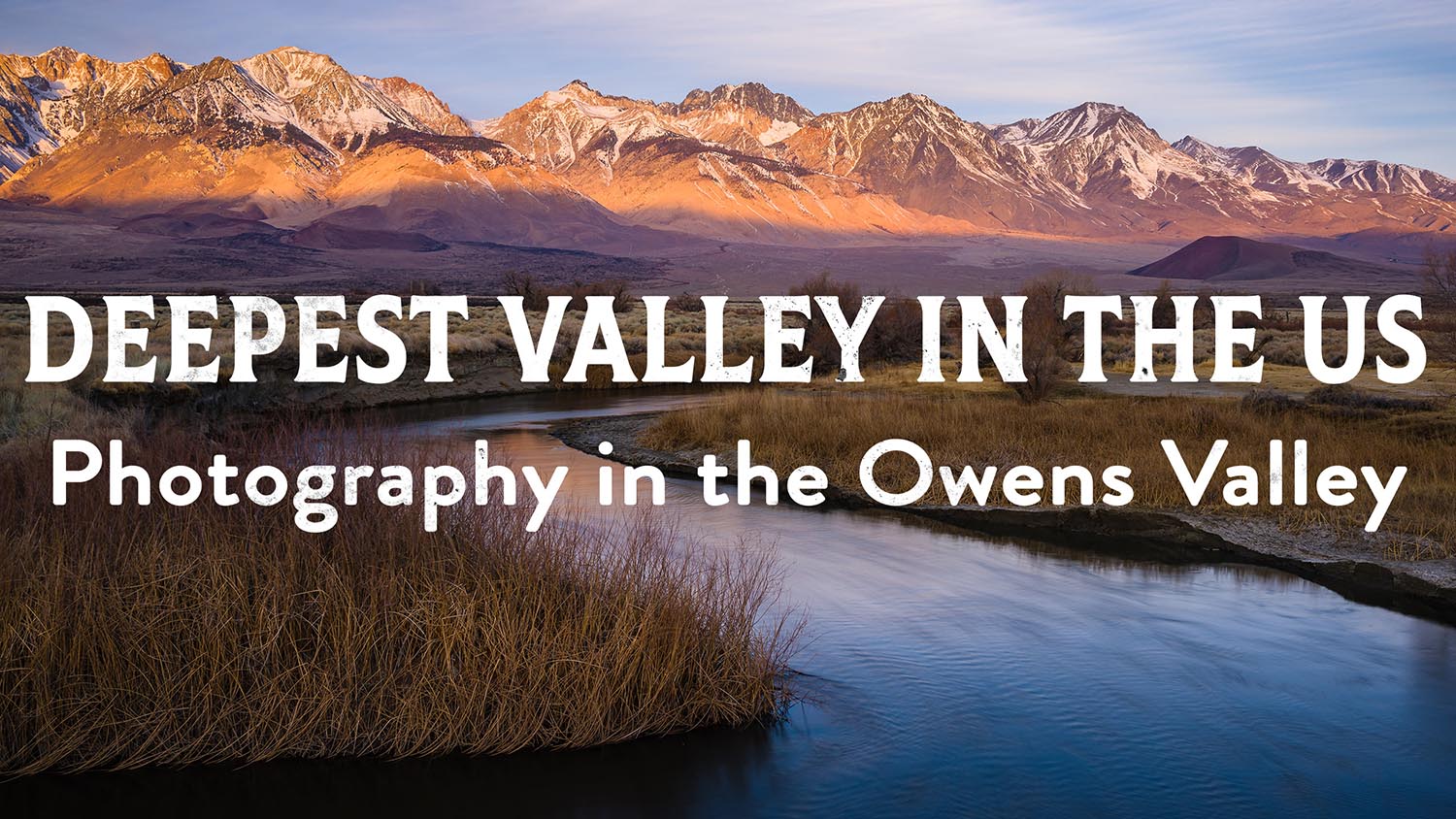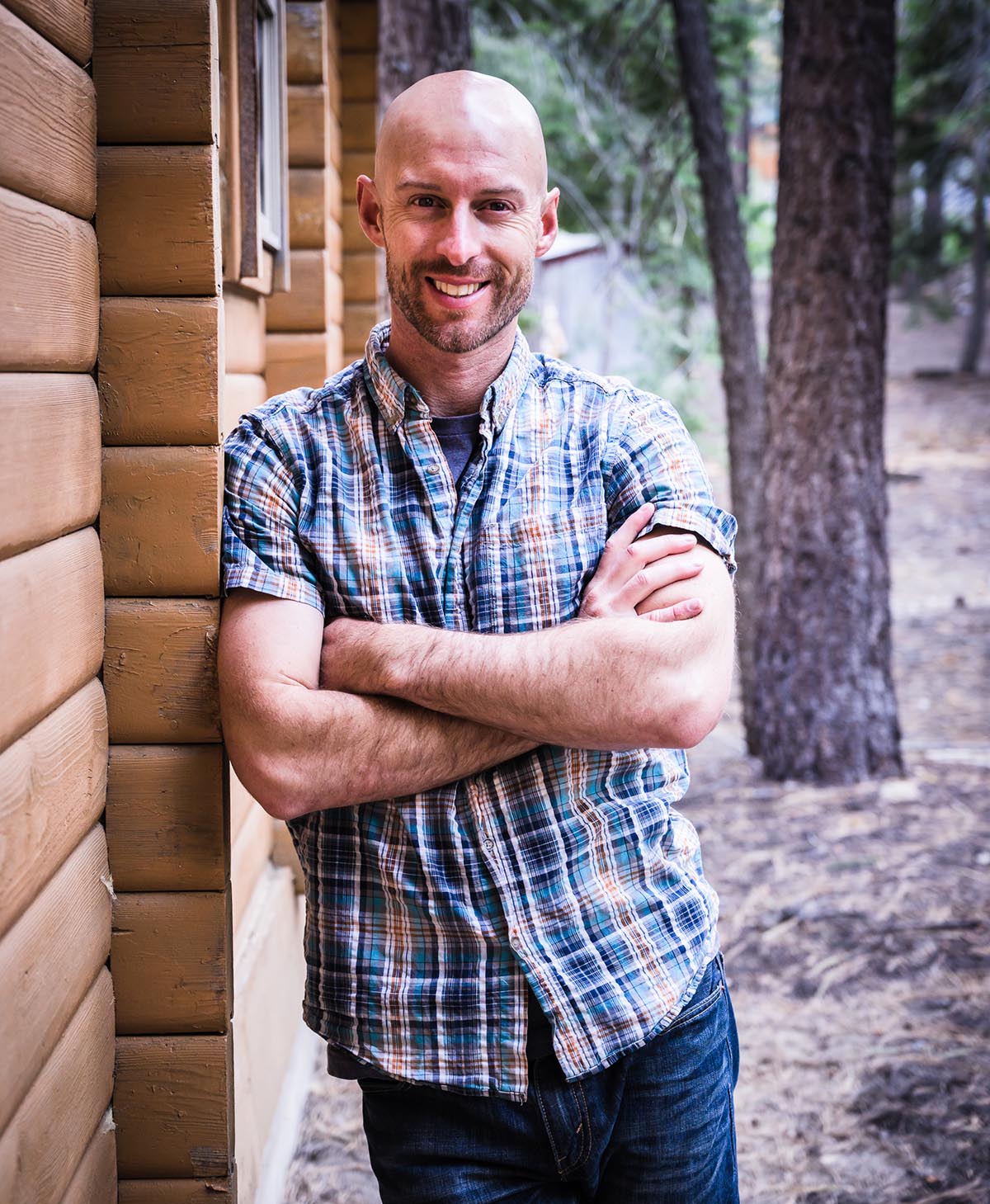
What is a Stop? Exposure Explained
Joshua Cripps
[av_textblock size=” font_color=” color=” av-medium-font-size=” av-small-font-size=” av-mini-font-size=” av_uid=’av-k8orj4sv’ id=” custom_class=” admin_preview_bg=”]
You hear the word “STOP” a lot in photography….But when someone is talking about exposure and they say “a stop” what does that mean?
If you’ve been confused by stops when you’re taking pictures, don’t worry, you’re not the only one. The word stop appears in two main places in photography: when talking about F-stops, and when talking about stops of light. The first use, f-stop, has to do entirely with aperture, and I talk about that in a separate lesson.
In a very basic sense, a stop is a measure of how bright your photo is. Just like a kilometer is used to measure distance, a stop is used to measure brightness. And just like I can say this tree is a kilometer away from me, and this tree is a kilometer past that, I can say that this photo is a stop brighter than this one, and this photo is a stop brighter still. But what does that mean? How much is a stop?
Well here’s where things get interesting. Because a stop is not a constant amount. Rather, it’s a relative measure that tells you the difference in brightness between two things. So while I can’t say “this photo is two stops bright” I can say “this photo is two stops brighter than this one, or this one is one stop darker than this one.”
So what is the value of a stop? Well, whenever you multiply or divide the amount of light you’re dealing with by a factor of 2, whether that’s in a photo, or comparing the brightness of two objects, that is one stop. In other words, if you increase the exposure of your photo by one stop, you’ve made it twice as bright. Or an even better way to think about it, you’ve let twice as much light into your camera.
And the converse is true as well: if you decrease your exposure by one stop, you’re letting in half as much light.
Now, here’s how all of this relates to actually taking pictures: say you’ve got a shutter speed of 1? and your photos are coming out too dark. You can try increasing your exposure by one stop to see if you get a better result.
We know that increasing exposure by a stop is the same as letting twice as much light enter the camera and a really easy way to do that is to double your shutter speed, right? Because when the shutter’s open twice as long, it lets twice as much light in. So in this case, doubling our shutter speed from 1? to 2? has the effect of increasing exposure by exactly one stop.
Now what if you wanted to increase your exposure by another stop? Again, all you’d have to do is double the shutter speed again, this time from 2? to 4?. Another stop we’d double it again to 8?, then 16? and so on. Even though the shutter speed is getting exponentially longer each time, those changes all represent exactly a 1 stop difference.
Going the other way from original 1? shutter speed, say the photo was already too bright and we wanted to decrease exposure by one stop. Well we’d just want to let half as much light in, and we could do that by cutting the shutter speed in half to 1/2? a second. Another stop down would be 1/4?, then 1/8? and so on.
If you’re actually doing this in real time you’ll notice your photos got either way too bright, or way too dark. And actually, that’s ok, because it turns out you can also adjust exposure by changing your aperture or ISO in order to compensate. Be sure to check out Part 2 of this video about how aperture and ISO fit in with stops.
Then in Part 3 you’ll learn about the awesome creative things you can do when you adjust each setting independently, and how to use your knowledge of stops to balance your exposure.
Got another question? Check out our Landscape Photography FAQ here:
https://www.joshuacripps.com/landscape-photography-faq/
Be sure to subscribe to our newsletter and YouTube channel for even more landscape photography how-to.
Join Josh on Social!
http://instagram.com/joshuacrippsphotography
https://www.facebook.com/JoshuaCrippsPhotography
[/av_textblock]
share this article:





